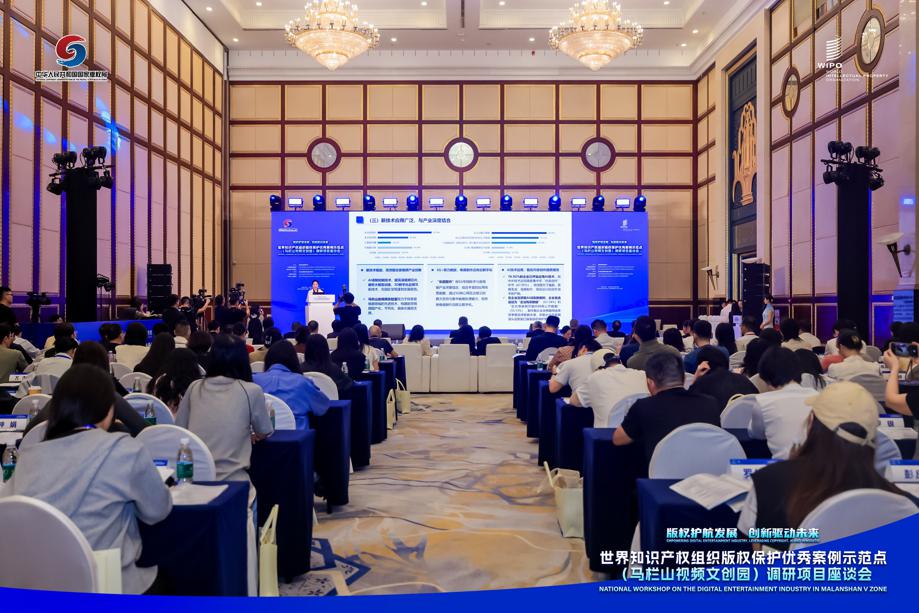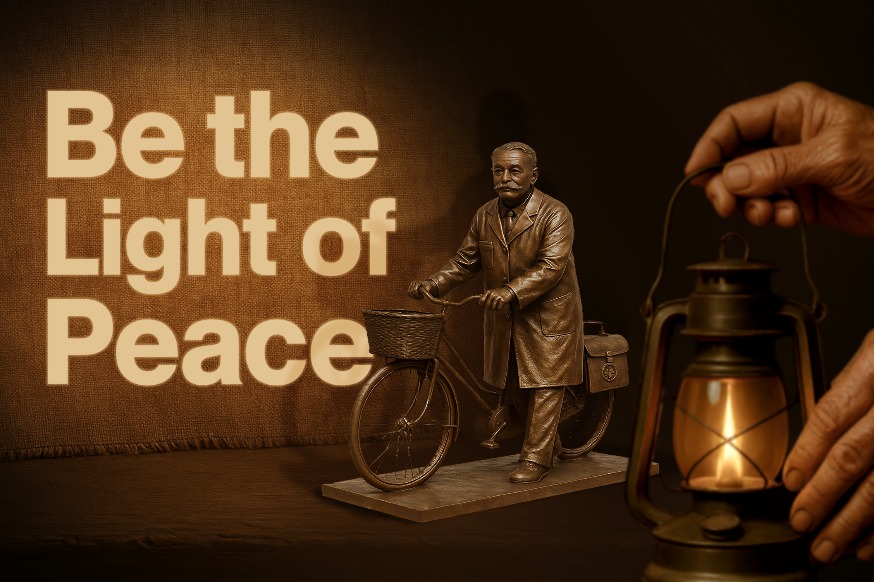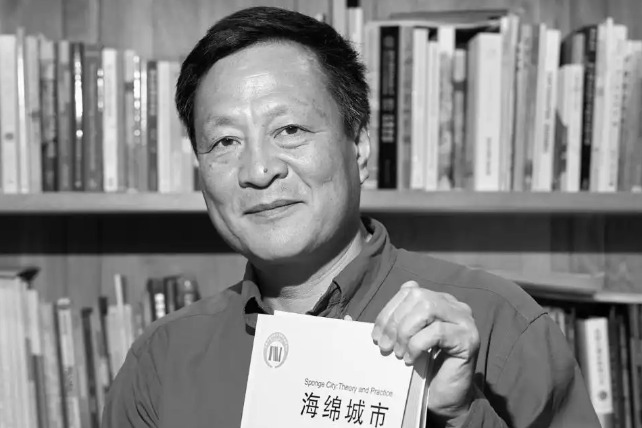Malanshan park project exemplifies China's copyright protection


China is collaborating with the World Intellectual Property Organization on a new research project on copyright protection in Central China's Hunan province, contributing China's wisdom and solutions to global copyright governance, a workshop heard on Monday.
The project, which aims to empower the digital entertainment industry in Malanshan Video Cultural and Creative Industrial Park in Changsha, Hunan province, marks the fifth case study conducted by the WIPO team in China. A two-day national workshop on the project kicked off in Changsha on Monday.
Over the past two decades, the WIPO has explored copyright protection models in Nantong and Wujiang in Jiangsu province, Dehua in Fujian province, and Jingdezhen in Jiangxi province. These models have been shared globally through the WIPO platform, showcasing how copyright protection can drive high-quality industrial development in China.
Unlike previous projects that focused on traditional industries, the Malanshan project emphasizes the digital copyright industry, with video and new media as its core, said Wang Zhicheng, director of the copyright administration at the Publicity Department of the CPC Central Committee.
By examining the park's practices in copyright creation, utilization, protection, management, and service from an international perspective, the case can exemplify China's strong commitment to protecting copyrights and fostering innovation and creativity, Wang said at the opening ceremony of the workshop.
The Malanshan Video Cultural and Creative Industrial Park is a prime example of digital innovation in China's cultural industries, noted the WIPO.
With the development of television art, Changsha became a prominent area for the television media industry in China, the organization said. In recent years, with the innovative application of next-generation information technologies and artificial intelligence, the audio-video industry within the park has seen rapid growth.
The park boasts a comprehensive digital cultural industry chain, encompassing creativity, content production, storage, broadcasting, and trading. It is home to over 60,000 creative and technical talents and 124 large-scale cultural and creative enterprises. Digital entertainment products developed within the park have been exported to 195 countries and regions, significantly contributing to the global promotion of Chinese culture.
However, more than 130 small and medium-sized enterprises and startups in the park face challenges, such as a need for deeper intellectual property knowledge, limited capacity to establish independent IP operation mechanisms, and insufficient ability to fully leverage the value of copyrighted works. In response, the WIPO project aims to select several small and medium enterprises and startups in the park's digital entertainment sector for IP training, enhancing copyright protection awareness, and providing tailored guidance to improve their creative capacity using AI and new technologies.
According to the WIPO's Global Innovation Index 2024, China has ranked first for 12 consecutive years in the proportion of creative goods exports to total trade, underscoring the international influence of Chinese cultural and creative industries.
- Malanshan park project exemplifies China's copyright protection
- Beijing event celebrates the essential role of rural artisans
- Tsinghua University punishes staff, students facilitating illegal entry of outsiders
- Former senior political adviser in Guizhou sentenced to death for bribery
- China revises regulations on international maritime transport
- Shanghai museum showcases Loretta Yang's glass horse sculptures




































